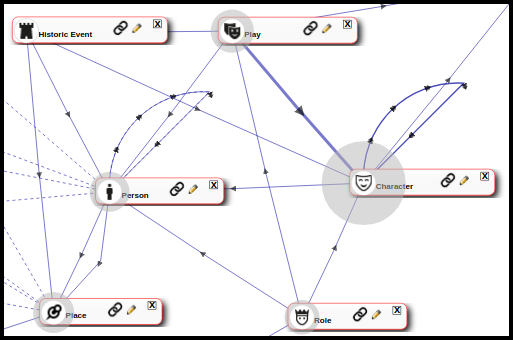
by Claire Reeler | Sep 30, 2018 | Blog
Defining entity dependencies in spreadsheet import It may be tempting to think that a spreadsheet describes one type of entity – for example, a Person, Organisation, Interview, Work, Document, Image, Event, Structure, Sample, Context etc. But in practice this...
by Claire Reeler | Sep 30, 2018 | Blog
Relationship markers can be a powerful tool for adding detail about a relationship between two records. Relationship markers are discussed elsewhere, however, a detailed description of the mechanism for importing relationships from a CSV file has not been outlined...
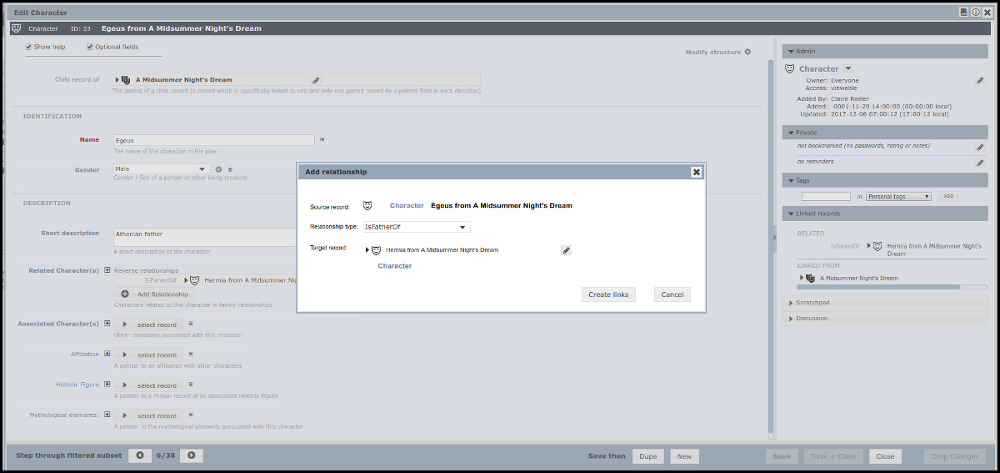
by Claire Reeler | Sep 29, 2018 | Blog
Related records are those records in Heurist connected by relationship records. While Heurist can create a relationship record between any two records, we strongly recommend creating Relationship Marker fields, which have several advantages: They appear as a field,...
by IanJohnson | Sep 26, 2018 | Blog
Broader-term search Heurist’s hierarchichal term trees allow searches on broader terms which will automatically find narrower terms. For instance, in the Expert Nation database we can search for specific architectural degrees or, by choosing the broader term...
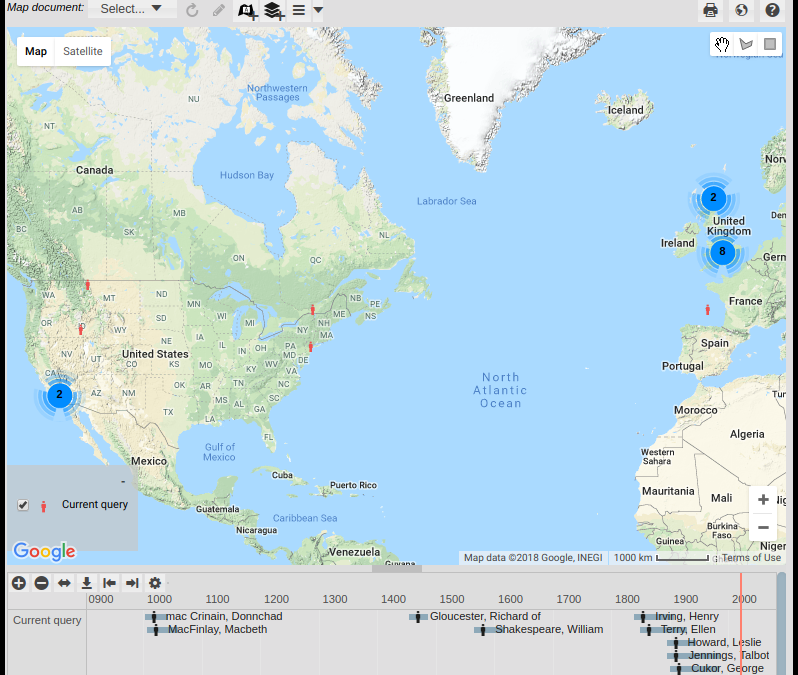
by Claire Reeler | Sep 26, 2018 | Blog
The latest version of Heurist has significant improvements in the mapping and timeline functions: Automatic derivation of map location for non-geo-localised entities from connected Places Improved map marker clustering Improved temporal filtering Map selection tools...
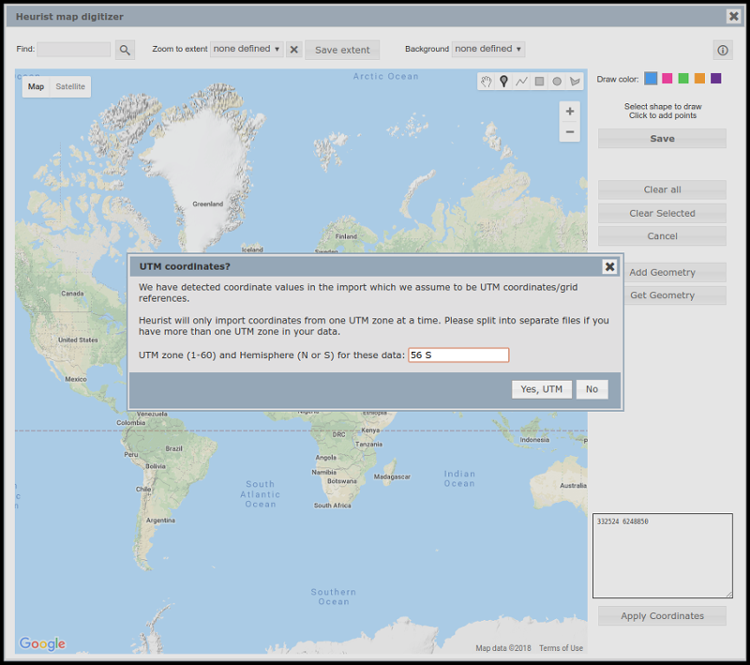
by Claire Reeler | Apr 10, 2018 | Blog
Anyone who does mapping is aware that there are many different types of map projections, which impact on the type of coordinates produced for any given point in space. The eternal problem of representing a point on a sphere in a two-dimensional depiction, whilst...

by Claire Reeler | Jan 5, 2018 | Blog
Until now, child records such as life events of a person or components of a structure, context, artefact, transaction or work, required the use of a pointer back to the parent in order to include data from the parent in the title of the record (eg. the person’s...
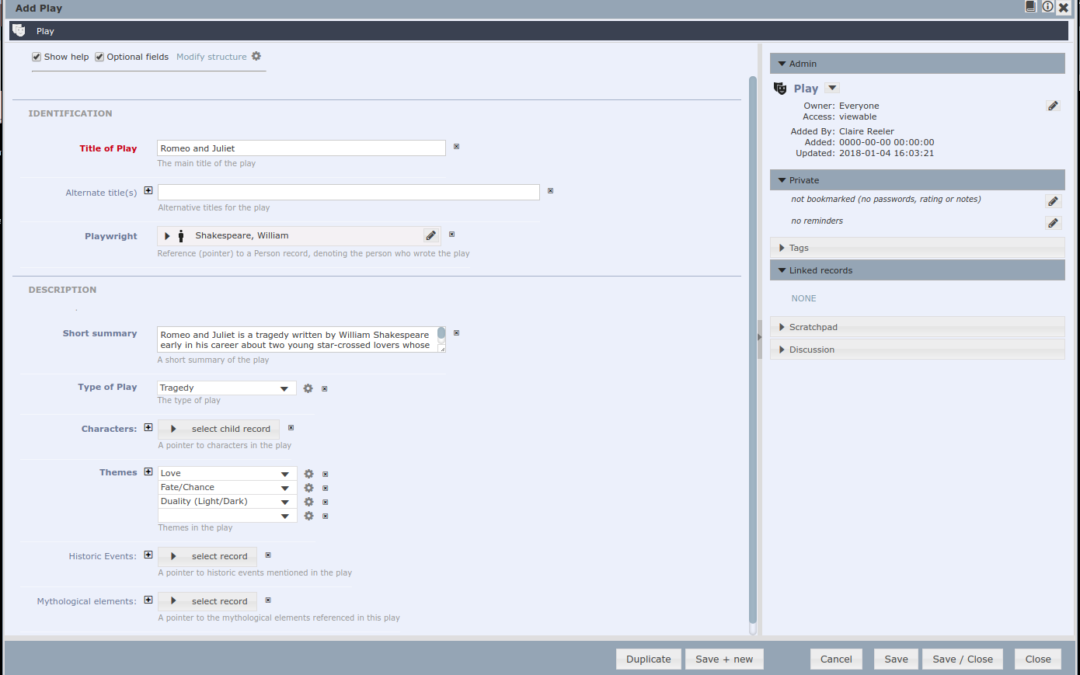
by Claire Reeler | Jan 5, 2018 | Blog
We have used the same data entry form (with many minor improvements) for several years (since version 3). This year we have completely rewritten much of the code, and although the data entry fields retain the same basic look, so no-one should be confused, we have...

by Claire Reeler | Dec 15, 2017 | Blog
Facet searches are a very powerful way of publishing databases, providing a guided search which does not require knowledge of the structure and content of the database. They’re widely used in shopping websites to guide you through a catalogue of tens of...

by Vincent Sheehan | Dec 13, 2017 | Blog
Hi all! My name is Claire. Some of you may have already met me online, but for those who haven’t, here is a bit about me: I have recently joined the Heurist team to assist Ian, mainly with helping people using Heurist, plus a little bit of documentation and...









